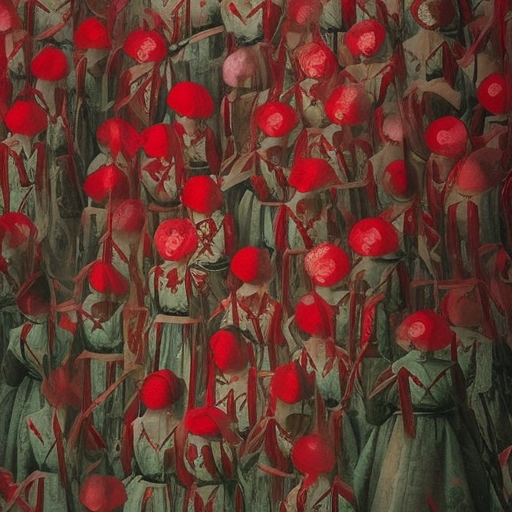The Handmaiden by Park Chan-wook
Summary: The Handmaiden, directed by Park Chan-wook, is a gripping and visually stunning film that explores themes of deception, desire, and power. Set in 1930s Korea during the Japanese occupation, the movie follows a young pickpocket named Sook-hee who becomes the handmaiden of a wealthy Japanese heiress named Lady Hideko. As Sook-hee becomes entangled in a web of manipulation and secrets, she forms a forbidden bond with Lady Hideko, leading to unexpected twists and turns.
Main Cast and Crew:
- Director: Park Chan-wook
- Writers: Park Chan-wook, Chung Seo-kyung
- Key Actors: Kim Tae-ri as Sook-hee, Kim Min-hee as Lady Hideko, Ha Jung-woo as Count Fujiwara, Cho Jin-woong as Uncle Kouzuki
- Music Director: Jo Yeong-wook
- Director of Photography: Chung Chung-hoon
- Producers: Park Chan-wook, Syd Lim, Cho Young-wuk
Plot:
Set in Korea under Japanese colonial rule, The Handmaiden tells the story of Sook-hee, a young woman who is hired as a handmaiden for Lady Hideko, a reclusive Japanese heiress living in a lavish mansion. Sook-hee’s true identity, however, is that of a pickpocket, and she has been enlisted by a con man named Count Fujiwara to help him seduce Lady Hideko and steal her fortune. As Sook-hee becomes closer to Lady Hideko, their relationship takes an unexpected turn as they develop genuine feelings for each other.
The film is divided into three parts, each providing a different perspective on the events. The first part focuses on Sook-hee’s arrival at the mansion and her initial interactions with Lady Hideko. As Sook-hee carries out her duties, she becomes increasingly drawn to Lady Hideko’s vulnerability and beauty.
In the second part, the film delves into Lady Hideko’s past and her relationship with her uncle, Kouzuki, who has raised her to be a pawn in his elaborate scheme to acquire her wealth. Lady Hideko’s life is filled with psychological and physical abuse, and she longs for freedom from her oppressive existence.
The third part of the film reveals the intricate layers of deception and manipulation that have been at play. Sook-hee and Lady Hideko join forces to outwit their male oppressors and reclaim their autonomy. The plot twists and turns, revealing hidden agendas, secret alliances, and unexpected alliances.
Themes and Motifs:
The Handmaiden explores themes of power, sexuality, and the fluidity of identity. The film challenges traditional gender roles and societal expectations, portraying complex female characters who navigate a world dominated by men. It also delves into the themes of trust, betrayal, and the consequences of desire.
The motif of mirrors is prevalent throughout the film, symbolizing the characters’ fractured identities and the duality of their lives. The use of mirrors also reflects the deceptive nature of appearances and the constant shifting of power dynamics.
Reception and Legacy:
Upon its release, The Handmaiden received critical acclaim for its intricate storytelling, stunning visuals, and exceptional performances. It won numerous awards, including the Best Foreign Language Film at the BAFTA Awards and the Grand Prix at the Cannes Film Festival. The film’s legacy lies in its exploration of complex female characters and its ability to subvert genre expectations.
Recommendation:
The Handmaiden is a visually captivating and thought-provoking film that will keep viewers on the edge of their seats. With its intricate plot, strong performances, and beautiful cinematography, it is a must-watch for fans of psychological thrillers and period dramas.
Memorable Quote:
Count Fujiwara: “The world is full of con men. They prey on the weak and the vulnerable. But the world is also full of fools. The fools who trust them.”












